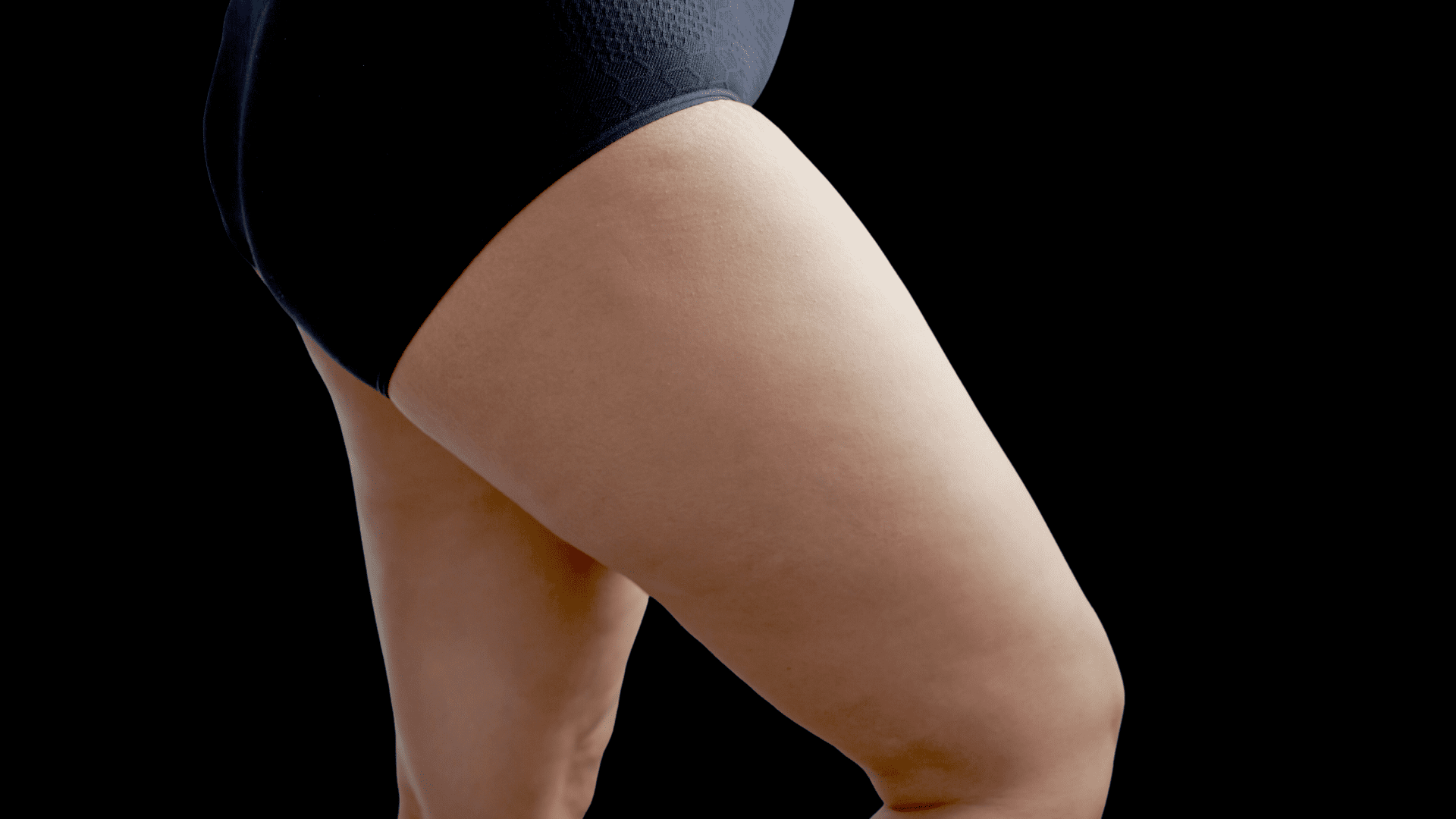30 Jun 2023
Achieve Sculpted Thighs: With Thigh Lift
News

What is a Thigh Lift?
A thigh lift is a surgery that aims to remove the excessive fat and skin from the inner thigh, resulting in a more slender appearance of the upper leg. During the procedure, the surgeon identifies the areas with excess skin by gently pinching and marking them. Liposuction is then performed to remove the excess fat, enabling the maximum amount of skin to be excised. Finally, the incision is closed by stitching the remaining skin together.
Types of thigh lift surgery:
- Lower Body Lift – A lower body lift can affect the outer thigh.
- Medial Thigh Lift with a horizontal scar in groin has a minimal affect and is only suitable for patient with minimal skin laxity and typically leaves more problematic scar.
- Medial Thigh lift with a longitudinal scar or long scar-like seam of a trouser. It is most frequently used high lift technique as it is most impactful and suitable to most number of patients. The length of the scar dictated by the length or degree of excess skin and fat.
Who is a suitable candidate for thigh lift surgery?
Thigh lift surgery may be suitable for you if:
- You feel conscious about your thighs’ appearance.
- You have sagging skin on your thighs and knees.
- You have excess skin on your thighs due to weight loss.
- You have fat deposits in your thighs.
- You have excess skin following bariatric surgery.
- You are concerned about cellulite on your thighs.
What happens during thigh lift surgery?
Prior to the thigh lift, the surgeon marks the incision lines on your standing body, considering different angles to guide their efforts in addressing sagging skin. To ensure a painless experience, the anesthesiologist administers anaesthesia to induce sleep during the surgery. The surgeon creates an incision depending on the specific type of thigh lift. During the surgery, the surgeon removes fat, repositions tissue, and trims excess skin. Stitches (sutures) are utilized to secure deep tissue in your thigh, providing support for your newly shaped thigh. To conclude the procedure, the surgeon closes the incision using stitches, clips, or a special skin adhesive.
Instructions for thigh lift recovery:
Patient should wear thromboembolic Ted stockings for ten days after surgery in order to reduce the risk of DVT’s and also, patients, depending on their risk analysis, may require other forms of anticoagulation therapy.
- Dressings:Supportive dressings for one week, changed weekly for three weeks. Take prescribed medications as instructed.
- Time off work: Typically 2 weeks.
- Garments: Wear a supportive garment for 4 weeks.
- Washing: Showering is allowed from day one with a waterproof dressing and skin glue. No baths.
- Mobility: Start moving immediately but avoid overstretching on stairs or squatting in the first week.
- Driving: Resume driving at 2 weeks.
- Exercise: No exercise for 4 weeks. Avoid heavy lifting and strenuous leg/thigh exercises for 6 weeks.
- Full recovery: Complete recovery in 6-8 weeks.
- Final appearance: Thigh contour visible at 6 months, scars mature at 18 months.
What about the scar resulting from thigh lift surgery?
Typically scars from the side of surgery are prone to stretching due to the fact that they are situated on the part of the body that is constantly moving.
The scar after thigh lift surgery will sit like a trouser seam on the inner part of the thigh, from the groin area to the knee. The scars’ prominence will depend on the degree of excess skin eliminated.
The thigh lift surgery is performed under a general anaesthetic and, if done alone, is a day-case operation, which means you go home the same day as your surgery.
Advantages of thigh lift
Thigh lift surgery can help:
- Boost self-confidence after weight loss
- Eliminate cellulite and dimples on the thighs
- Alleviate discomfort caused by loose skin (chafing)
- Get rid of sagging skin on the thighs and knees
- Achieve smoother and more defined thighs
Choose Dr Rory McGoldrick for having natural-looking thigh lift surgery results.



































































































